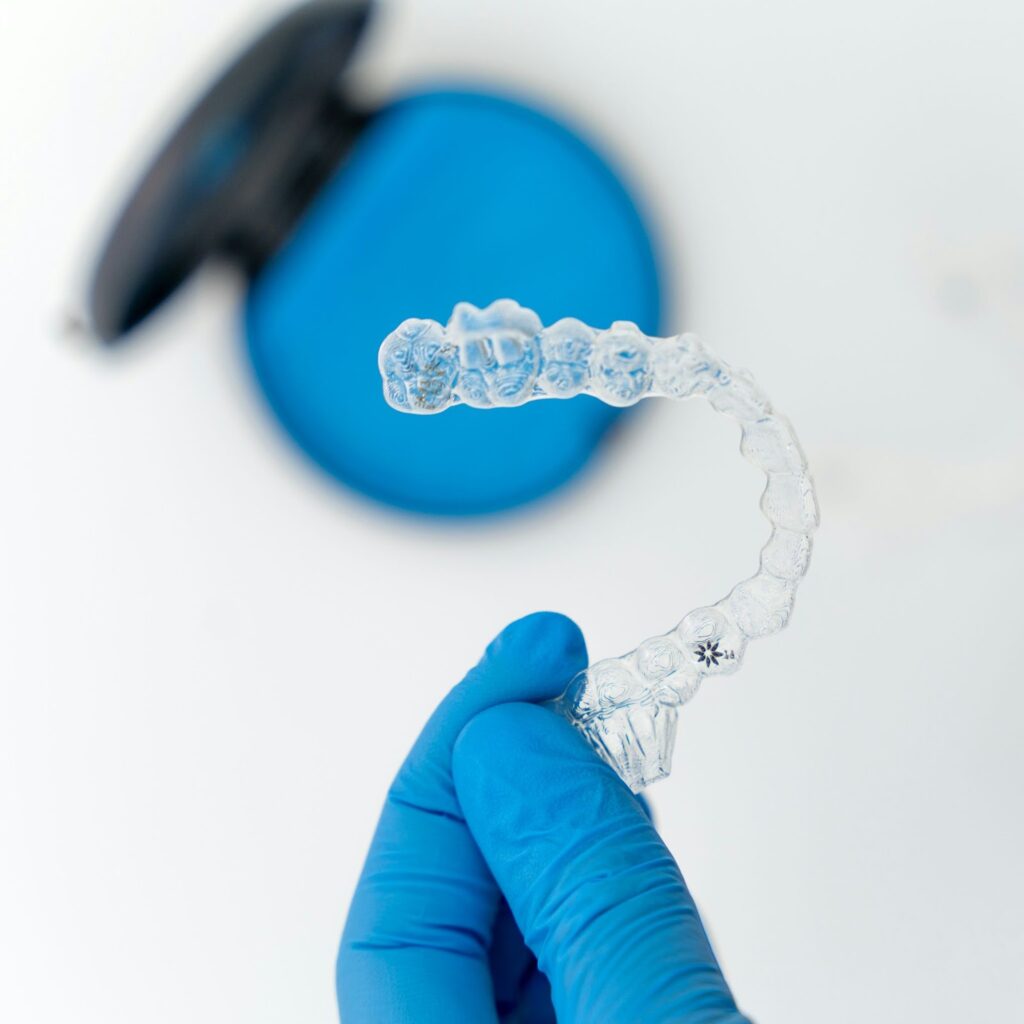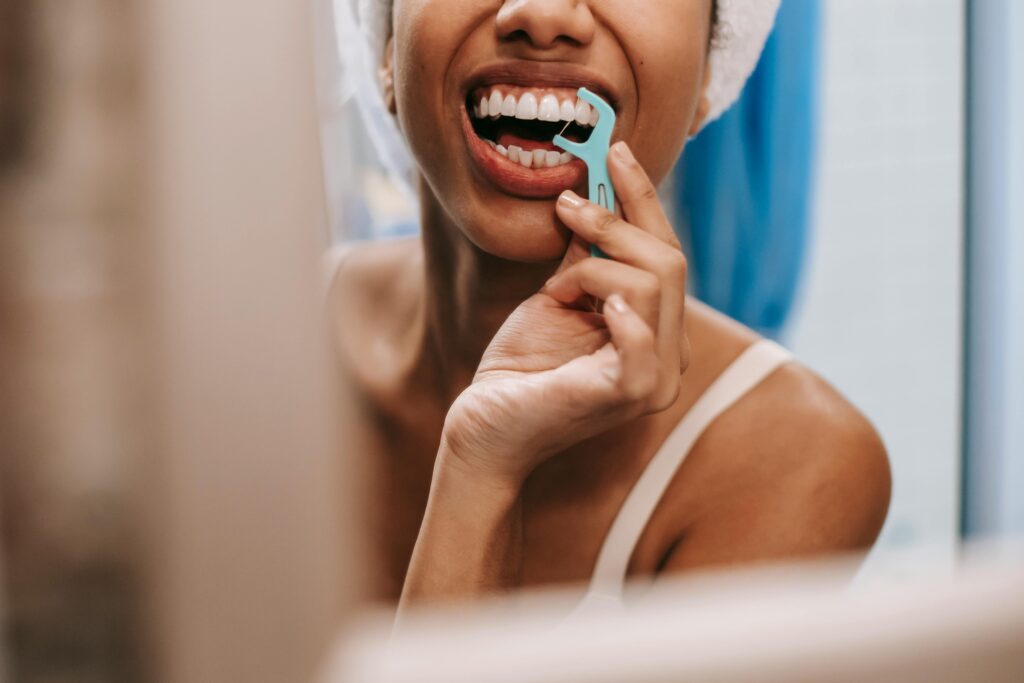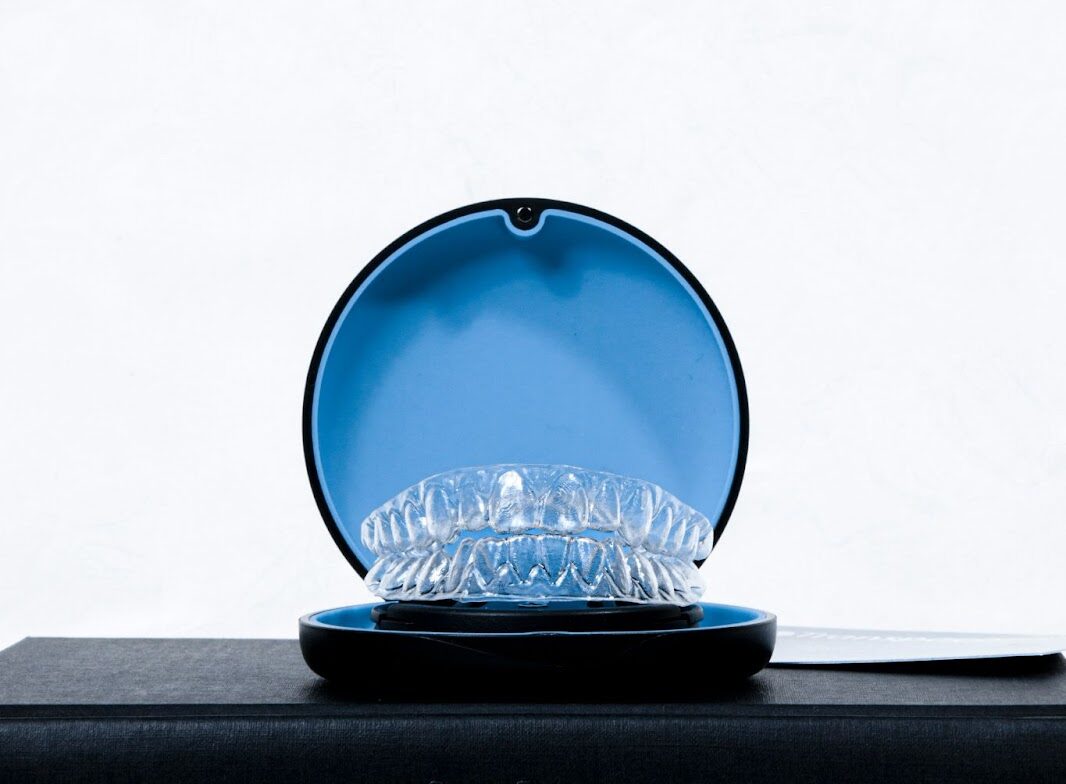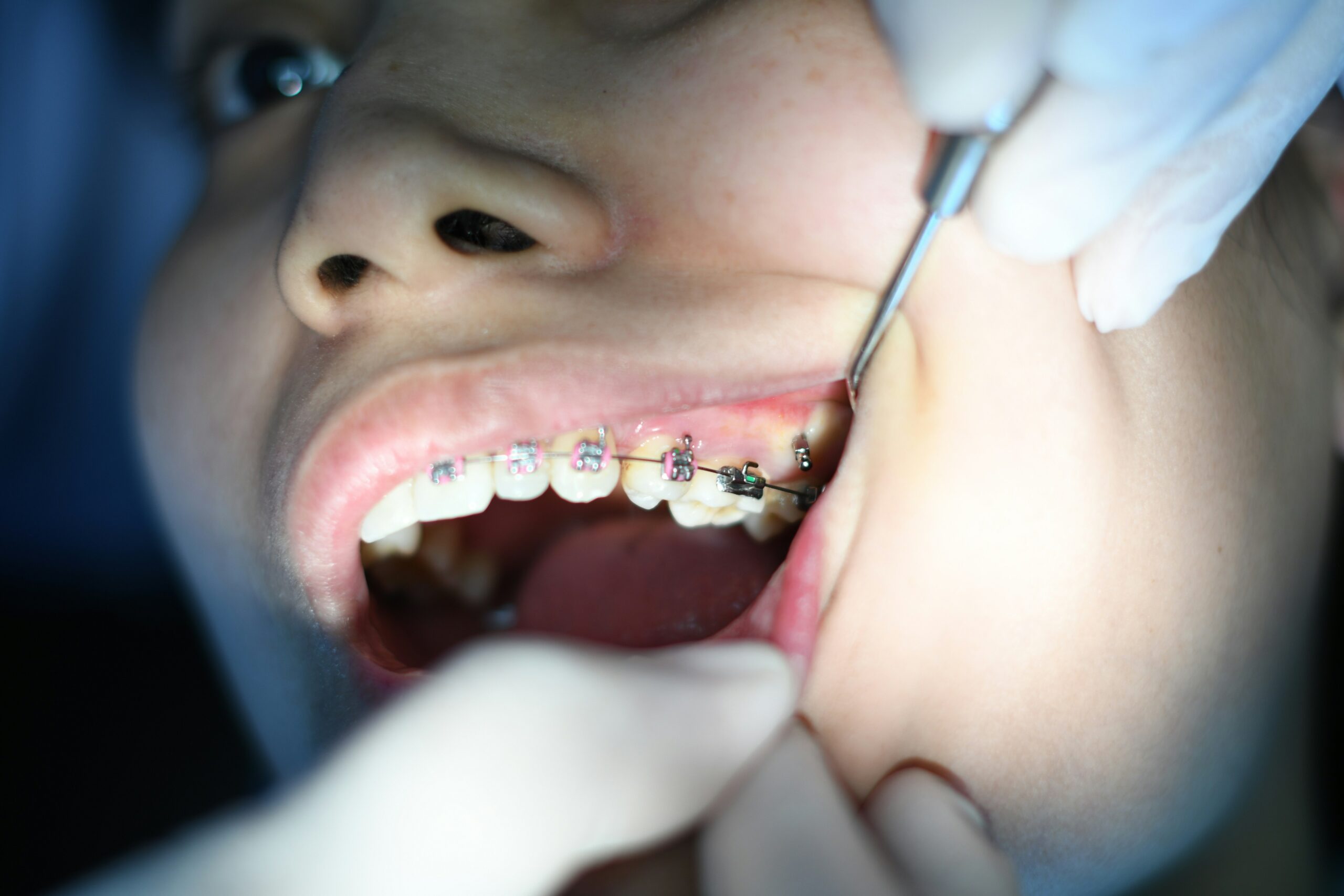Introduction: The Importance of Retainer Hygiene
Now that you’ve graduated from your braces or aligners, you might think you’re finished with orthodontic cleaning tips. Not quite yet! Your retainer needs love, too—not just because it can look or smell “less than appealing” without your help, but because it’s good for your dental health. Maintaining your newly straightened teeth requires ongoing care, typically done with a removable orthodontic appliance called a retainer. Whether you’ve worn traditional braces, clear braces, or lingual braces, your retainer plays a crucial role in keeping your teeth aligned. Proper retainer cleaning is essential for preserving your orthodontic investment and preventing dental issues like tooth decay and gum disease.
The Science Behind Retainer Contamination
Retainers, whether removable or fixed, are in constant contact with your teeth, making them susceptible to bacteria, plaque buildup, and even fungal growth. If not cleaned properly, they can contribute to bad breath, tooth loss, and other orthodontic problems.
Common Contaminants Found on Retainers:
- Bacterial colonies that cause gum disease
- Plaque and mineral deposits leading to tooth decay
- Biofilm formation contributing to orthodontic problems
- Staining from food and beverages
Comprehensive Retainer Cleaning Methods
Cleaning Different Types of Retainers
Removable Retainers
Hawley Retainers (Metal Wire & Acrylic Base):
- Rinse with lukewarm water after removal
- Use a soft-bristled toothbrush and mild soap to clean
- Soak in a professional cleaning solution as needed
- Store in a dry place to prevent bacteria build-up
Clear Retainers (Invisalign Aligners & Clear Aligners):
- Avoid colored beverages that stain the material
- Gently brush with a soft toothbrush or retainer cleaner
- Use a cleaning tablet for deep sanitization
- Keep dry after use to ensure it stays clean
Fixed Retainers (Bonded Wire on Lower Teeth & Upper Tooth)
- Use floss threaders or water flossers to clean between teeth
- Brush around the brackets and bonded areas thoroughly
- Avoid hard foods that could damage the retainer
The cleaning method you use for your retainer is up to you. There are a variety of retainer cleaners available for you to use. Choose a method that works well with your routine as daily cleaning is critical to promoting good dental health and keeping your new dental appliance odor free.

Choosing the Best Retainer Cleaner
Professional-Grade Cleaning Solutions
- Enzymatic Cleaning Tablets: Break down bacteria without damaging the material
- Orthodontic Wax Cleaning Kits: Designed for use with traditional braces and dental braces
- UV Sanitization Devices: Eliminate bacteria using advanced technology
DIY Natural Cleaning Alternatives
- Baking Soda Solution: Safe and effective for neutralizing odors
- Diluted Vinegar Rinse: Helps remove mineral deposits and bacteria
- Hydrogen Peroxide Soak: Offers antibacterial properties but should be used sparingly
Common Retainer Cleaning Mistakes to Avoid
- Using toothpaste (too abrasive for clear aligners and clear braces)
- Using Dish soap (often too abrasive and can leave behind residue)
- Soaking in mouthwash containing alcohol (can weaken plastic retainers)
- Storing retainers in damp environments, leading to bacterial growth
- Inconsistent cleaning routines, resulting in orthodontic problems
Maintaining Dental Health While Wearing Retainers
Good oral hygiene extends beyond cleaning your retainer. Since misaligned teeth, bad bites, and uneven jaw alignment can cause complications, regular orthodontic care is essential. If you experience jaw pain, crowded teeth, or shifting alignment, consult your orthodontist for adjustments.

Key Dental Hygiene Tips
- Brush and floss daily to prevent plaque buildup around retainers
- Use an antimicrobial mouth rinse to reduce bacteria
- Schedule regular dental check-ups and professional cleanings
- Wear your retainer as directed to avoid misalignment
When to Replace Your Retainer
Even with proper care, retainers wear out over time. Signs that you need a replacement include:
- Cracks, breaks, or misshapen retainers
- Persistent odor despite thorough cleaning
- Uncomfortable fit or shifting teeth
Professional Support for Retainer Maintenance
At Bean & Geller Orthodontics, we offer comprehensive orthodontic care, including:
- Personalized retainer maintenance plans
- Professional-grade cleaning solutions
- Regular orthodontic evaluations to ensure proper fit and function
Conclusion: Protecting Your Orthodontic Investment
Your retainer is essential for keeping your teeth straight after orthodontic treatment. By following proper cleaning techniques and maintaining good oral hygiene, you can ensure long-lasting results and a healthy, confident smile.
Schedule Your Consultation Today!
For expert guidance on retainer care, orthodontic treatment, and dental health, contact Bean & Geller Orthodontics in Plano, TX. Let us help you maintain a beautiful smile for years to come!



